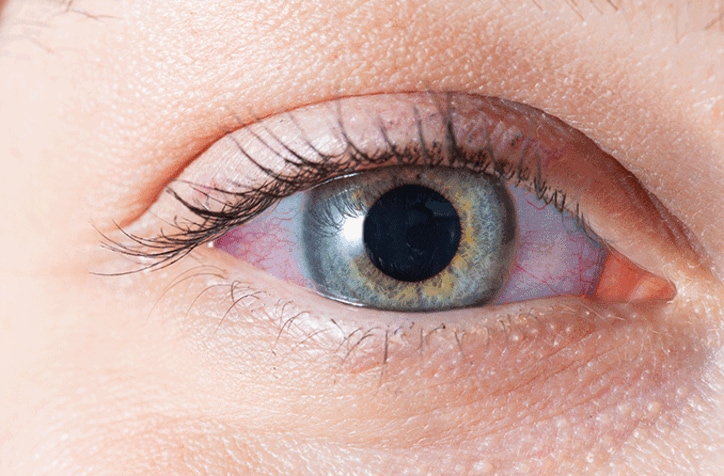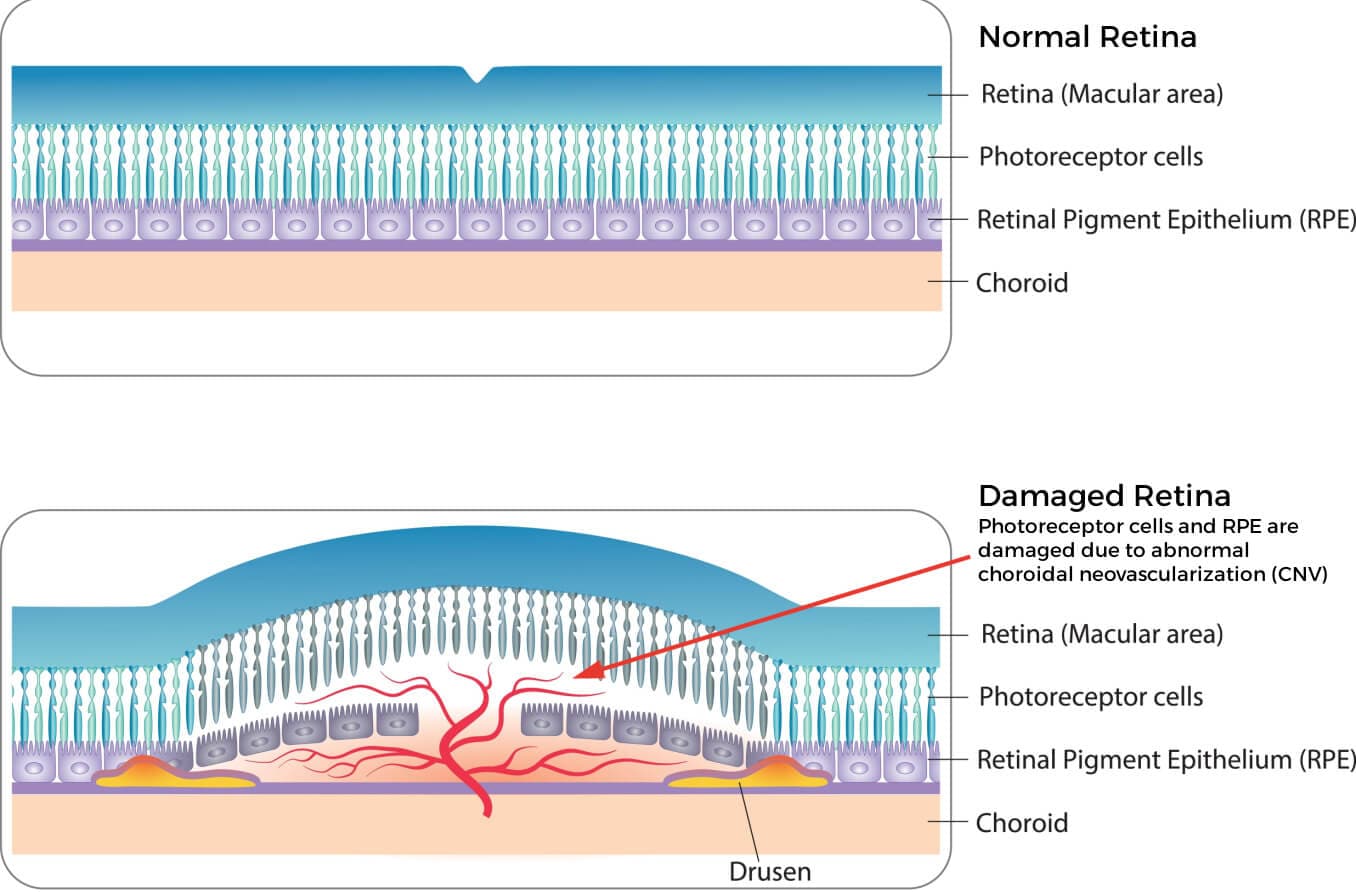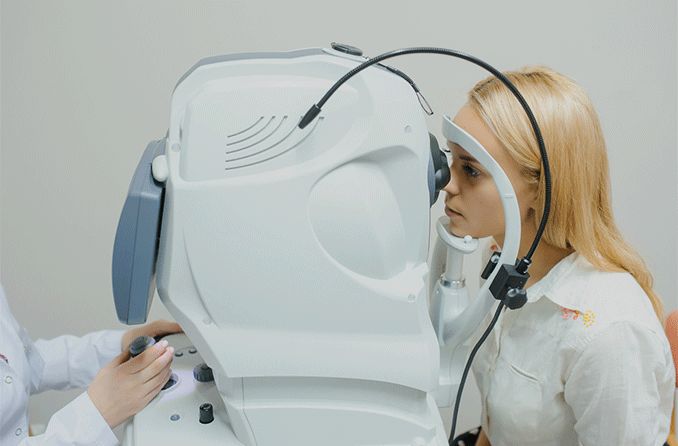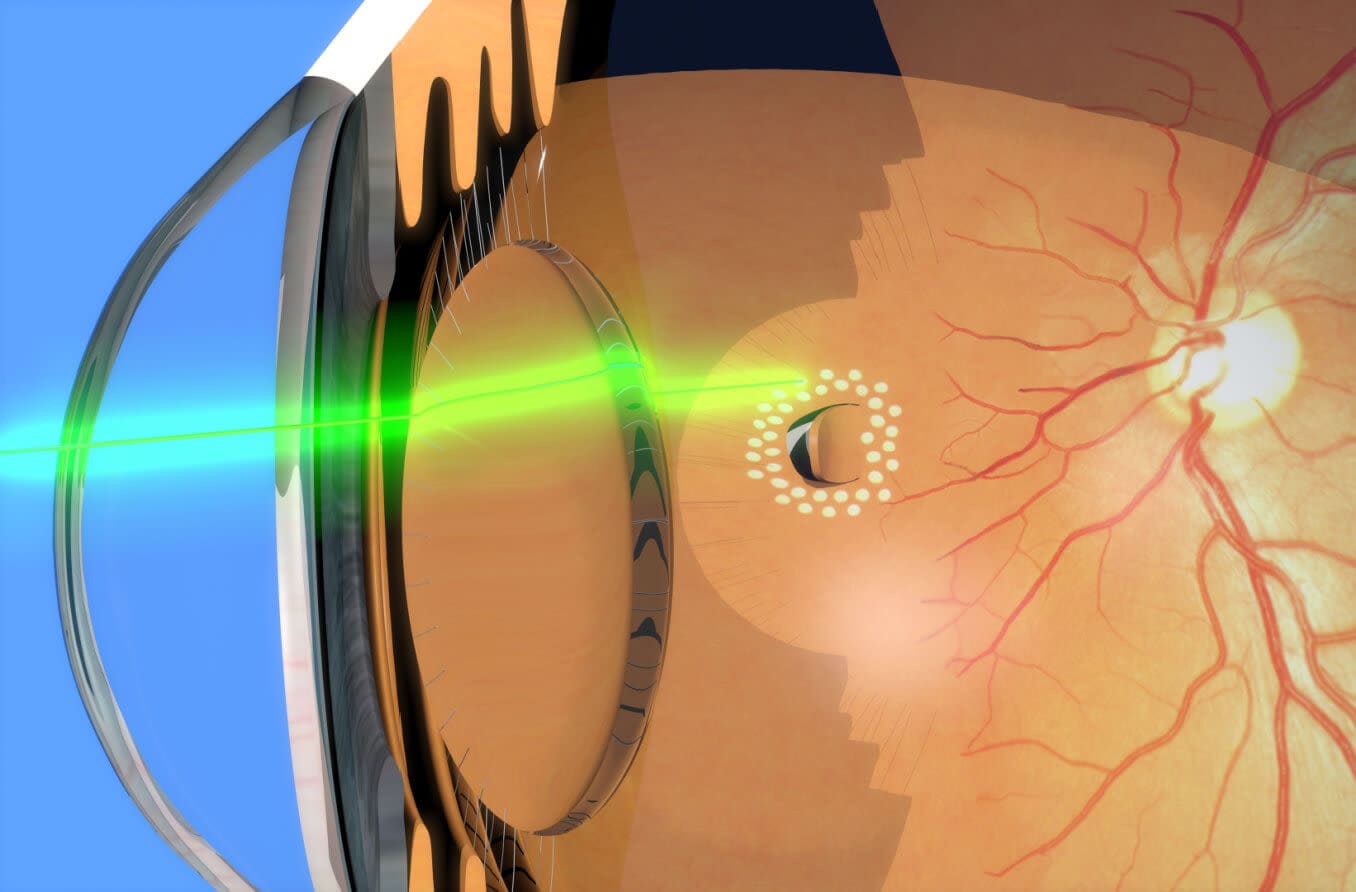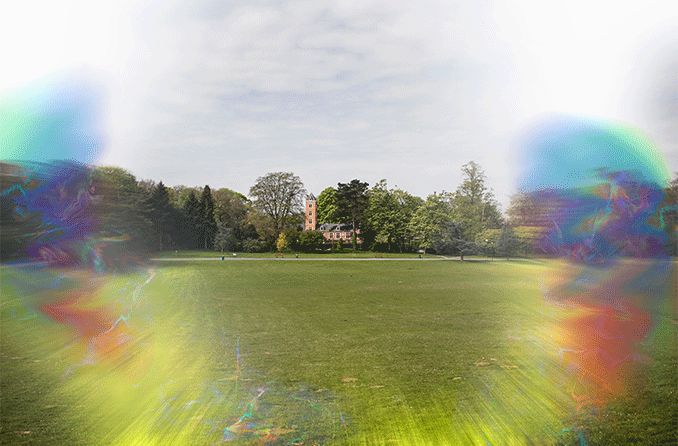Understanding pseudoxanthoma elasticum (PXE)
Pseudoxanthoma elasticum (PXE) is a rare genetic disease that causes calcium to build up in your body's stretchy (elastic) tissues over time. This can make the tissues stiffer and lead to problems with your skin, eyes, blood vessels and digestive system.
PXE is a progressive disease, which means it slowly gets worse. There is no cure yet, but doctors can help manage the problems it causes.
PXE affects 1 in every 25,000 to 100,000 people. Females are twice as likely as males to develop the condition.
Pseudoxanthoma elasticum is pronounced "soo-doh-zan-THOH-muh eh-LAS-ti-kum."
What causes pseudoxanthoma elasticum?
Pseudoxanthoma elasticum is caused by a change (mutation) in someone's genes passed down from their parents. They have this mutation when they're born but typically won't notice symptoms for years or even decades.
About 4 in 5 cases of PXE are caused by mutations in a gene called ABCC6. This is usually passed down in a way that's autosomal recessive. In other words, both parents need to have the mutated gene for their child to be at risk for PXE.
If both parents pass down the mutated ABCC6, their child has about a 1 in 4 chance of developing the condition.
If someone only gets one copy of the changed ABCC6 gene (instead of two), they are called a carrier. They will probably never have PXE, but they could still pass the mutation down to their own child.
How PXE affects your body
Certain parts of your body contain many elastic fibers that keep them flexible and stretchy.
If you have pseudoxanthoma elasticum, there's calcium buildup in these fibers (calcification). Over time, the calcified tissues become firmer and less stretchy. Some of the fibers may start to break or separate.
PXE tends to affect the parts of your skin, eyes and blood vessels with the most elastic fibers in them. As the condition progresses, it can impact these and other parts of your body.
Signs and symptoms
Pseudoxanthoma elasticum can cause changes in your body you can see or feel. Many of these signs and symptoms often involve one or more of the following areas:
Skin
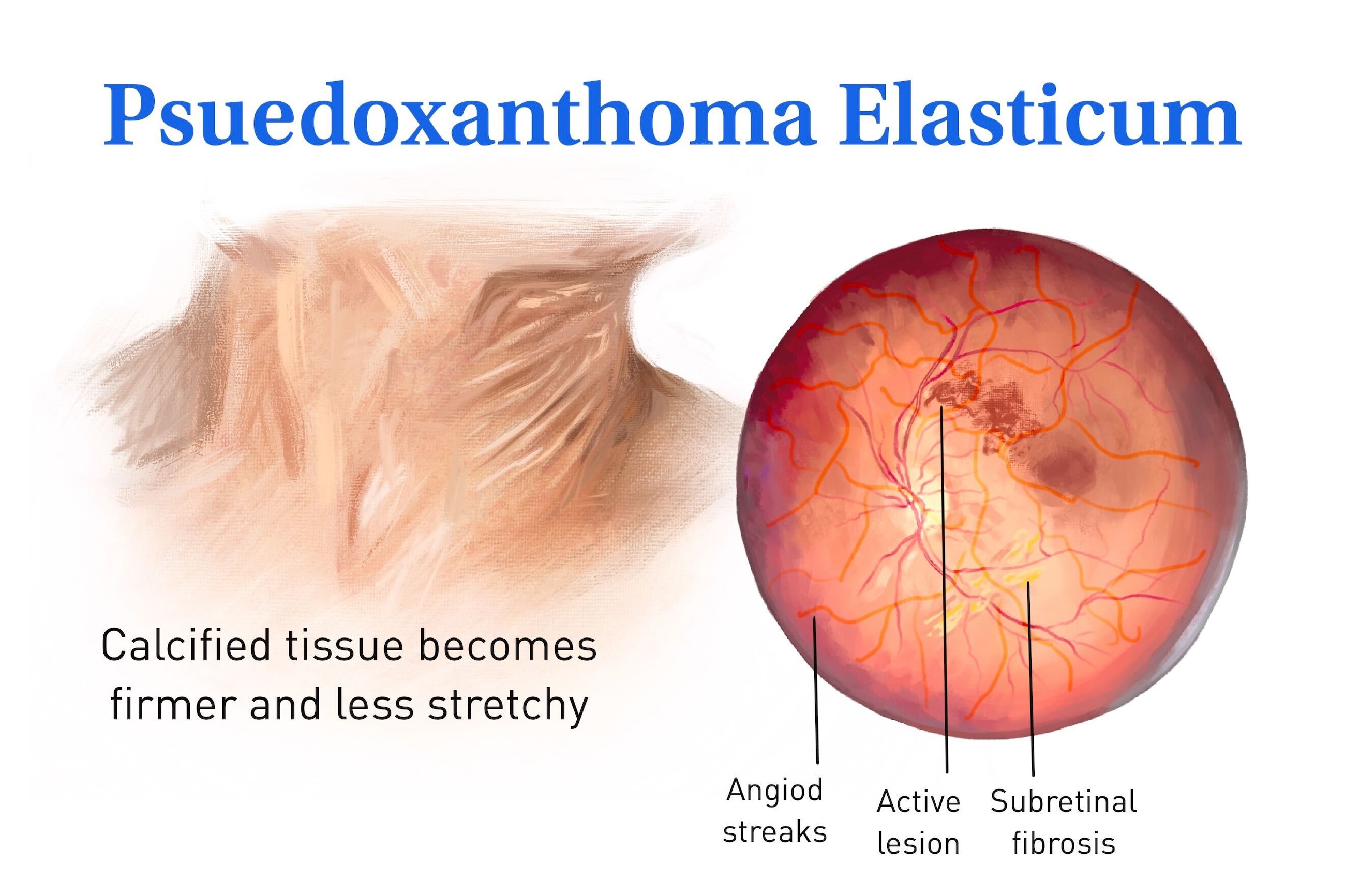
The first signs of PXE are often on your skin. Skin changes can start during childhood and worsen over time, but they may also develop later in life. Some people with PXE don't have any noticeable skin problems.
Small bumps called papules are a common sign of PXE. They usually look yellowish or darkened compared to your normal skin tone. Your skin may also become loose, wrinkled and thickened.
These are the most common areas where people see skin-related symptoms:
- Neck
- Armpits
- Belly button
- Areas with skin creases (groin, elbows, palms, knees and others)
Eyes and vision
Pseudoxanthoma elasticum can cause changes in your eyes that may lead to certain eye conditions later on. Possible eye-related symptoms include:
- Distorted vision
- Blurry vision
- Difficulty seeing in low light
- The white part of your eye looks blue
- Blind spots and other vision loss, especially in the center of your view
Blood vessels
There are elastic fibers in your blood vessels. PXE can make them stiffer and less flexible.
PXE’s effects on your blood vessels could make you experience:
- Leg cramping while walking or exercising
- Nosebleeds
- Skin that bruises easily
- Chest pain (angina)
Your doctor can monitor your cardiovascular health and help lower your risks during routine checkups.
PXE can put some people at a higher risk for life-threatening issues like a heart attack or bleeding in the brain, intestines or uterus. Get medical attention immediately if you think you're experiencing one of these problems.
Pseudoxanthoma elasticum and your eyes
Eye changes are an important part of PXE. They can happen when elastic fibers inside your eye lose their flexibility and break apart.
Most people with eye changes will also have skin symptoms, but some people with PXE only experience eye-related issues.
Retina changes
Pseudoxanthoma elasticum eye symptoms like blurry vision and vision loss often involve your retina. This is the layer of light-sensitive cells along the back of your eye that helps you see.
Bruch's membrane is a thin structure between the retina and the layer of blood vessels below it (the choroid). Elastic fibers keep this membrane strong and flexible, but the fibers can harden and split apart when you have PXE.
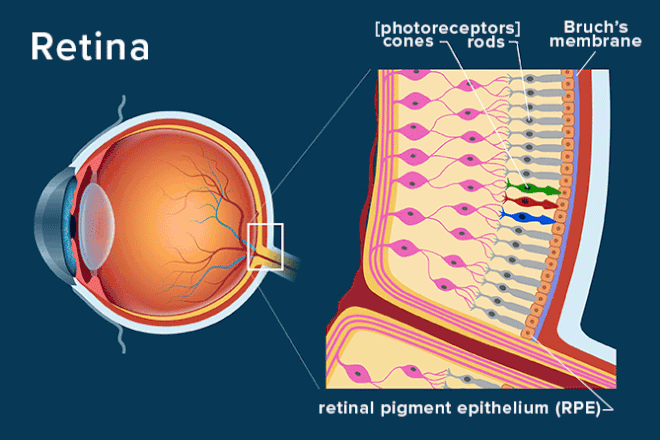
This makes the retina's texture look like the skin of an orange. The medical name for this is peau d'orange, which is French for "orange peel." This is often a sign of PXE, but it doesn't harm your eyesight on its own.
There may also be other signs, like tiny yellow spots called drusen, in or near the retina.
Eventually, cracks known as angioid streaks start to form in Bruch’s membrane.
Most angioid streaks don't directly harm your eyesight, but they can raise your risk for vision problems like choroidal neovascularization (CNV).
Less often, angioid streaks can affect your vision if:
- They run along a notch at the center of your macula (the fovea)
- An eye injury leads to bleeding under your macula
An eye doctor can see these signs during an eye exam.
Choroidal neovascularization (CNV)
Choroidal neovascularization is a common complication of angioid streaks. This is when new, leaky blood vessels grow in the choroid.
It can cause the following symptoms in the center of your eyesight:
- Distortion
- Straight lines look wavy
- Dark spots
An eye doctor can try to slow the progression of CNV if they diagnose it early enough.
This is one of many reasons why comprehensive eye exams and certain eye tests are so important when you have PXE.
The exams allow an eye doctor to see if there are any changes in your eyes, even when your vision seems okay. That way, they can help you manage problems like CNV before they get worse.
How doctors find PXE
To diagnose someone with pseudoxanthoma elasticum, doctors often look for two main things:
- An abnormal skin sample (biopsy) – The sample is examined under a microscope for changes. A dermatologist (skin doctor) can take a skin biopsy in their office and send it to a lab for testing.
- Angioid streaks on the retina – An ophthalmologist or optometrist can find this during an eye exam. Beforehand, they'll use special eye drops to widen your pupils for a little while.
If a doctor diagnoses you with PXE, they may order a genetic test to confirm the gene mutations.
Health tests
Your doctor may run other tests to see how PXE is affecting your body. These can include:
- Blood tests
- An ultrasound scan of your heart (an echocardiogram or "echo")
- A measurement of the electrical signals in your heart (an electrocardiogram or "EKG")
- A computed tomography (CT) scan of your head
- Other imaging tests
Eye tests
If your eye doctor finds angioid streaks in your eyes, they might refer you to an ophthalmologist who specializes in retina problems (a retina specialist).
At some point, your eye doctor may want to use other tests to look for PXE-related changes in your eyes or vision. Some of these tests are:
- Visual acuity test – You're typically asked to read letters or symbols on an eye chart to assess the sharpness of your vision.
- Amsler grid test – You view a square grid to see if any part of it looks wavy, dark or blurry.
- Optical coherence tomography (OCT) – A special machine takes pictures of your retina's layers to check for problems.
- Fluorescein angiography – A dye is injected into your body (usually through a vein in your arm) to help your eye doctor see leaky or unusual blood vessels in your retina.
Living with PXE
Many people with pseudoxanthoma elasticum live a normal lifespan. However, it's still important to watch for complications — especially the ones related to your blood vessels and eyes.
Your health care team can work with you on lifestyle changes and other ways to manage PXE symptoms and prevent complications.
Monitoring changes
Keeping track of your health can help you detect and manage the changes in your body as early as possible. If you have PXE, you may need to:
- Schedule regular checkups with your primary care physician and any specialists you're seeing.
- Keep up with routine bloodwork, scans and other testing ordered by your doctor.
- Regularly check your blood pressure if your doctor recommends it.
- Test your vision at home with an Amsler grid.
- Schedule comprehensive eye exams at least once a year to monitor and manage any changes in your eyes.
Prevention and management
It's important to do everything you can to limit damage to the blood vessels in your eyes, intestines, brain and elsewhere in your body.
A doctor may ask a patient with PXE to avoid:
- Non-steroidal anti-inflammatory drugs (NSAIDs) – These can raise the risk of bleeding in your eyes and intestines. Aspirin, ibuprofen and naproxen are three common NSAIDs.
- Certain activities – Contact sports can increase your risk of an eye injury, and weight lifting can raise the pressure inside your eye.
- Certain foods – Eating a lot of food high in saturated fat and cholesterol can raise cholesterol and triglyceride levels in your blood. This may increase your risk for heart and blood vessel problems.
- Smoking – This can affect your blood vessels and raise your risk for cardiovascular conditions. Smoking can harm your eyes, too.
- Sedentary lifestyle – Regular exercise may limit PXE's effects on your blood vessels.
If you have complications from PXE, your doctor may be able to help you treat the problem. They might discuss these or other options with you:
- Eye injections – If you develop CNV in your eye, anti-vascular endothelial growth factor (VEGF) medication injected into your eye may slow the growth of harmful blood vessels. Avantis, Eylea and Lucentis are the main drug options.
- Laser eye surgery – A procedure called laser photocoagulation may help get rid of blood vessels in your retina or stop new ones from forming. This option is less common than anti-VEGF injections.
- Cosmetic skin surgery – Some people choose to have surgery on the areas of skin affected by PXE. However, skin-related symptoms aren't usually dangerous to your health, so your doctor may not recommend these procedures.
READ MORE: How low vision aids can help with daily activities
Talk to your doctor
Talk to your primary care doctor if you notice skin changes or anything else that could be caused by PXE. They can examine your skin, order tests and refer you to a specialist (like a dermatologist or cardiologist) if needed.
If you see changes in your eyes or vision, or if you haven't had your eyes checked in a while, schedule an eye exam.
Your eye doctor can talk to you about what you're seeing or feeling and help you decide your next steps. They can also check for eye changes that may not be causing any symptoms yet.
The sooner your doctor can diagnose PXE, the earlier they can watch for complications and treat them as quickly as possible.
